บ้านพักเอกอัครราชทูตโปรตุเกส
บ้านพักเอกอัครราชทูตโปรตุเกส
ที่ตั้ง ซอยกัปตันบุช ถนนเจริญกรุง กรุงเทพมหานคร
สถาปนิก/ผู้ออกแบบ นายช่างจากประเทศโปรตุเกส
ผู้ครอบครอง สถานเอกอัครราชทูตโปรตุเกสประจำประเทศไทย
ปีที่สร้าง พ.ศ. 2403
ปีที่ได้รับรางวัล พ.ศ. 2527
ประวัติ
บ้านพักเอกอัครราชทูตโปรตุเกสเป็นอาคาร 2 ชั้น สถาปัตยกรรมโคโลเนียล หลังคาทรงปั้นหยา มีมุขทางเข้าหลังคาจั่วอยู่กึ่งกลางด้านหน้า อันแสดงถึงอิทธิพลของรูปแบบนีโอปัลลาเดียนหน้าจั่ว ประดับตราแผ่นดินของประเทศโปรตุเกส ซุ้มทางเข้าชั้นล่างและซุ้มหน้าต่างชั้นบนของมุขทางเข้านี้ทำเป็นซุ้มโค้งครึ่งวงกลมต่อเนื่องกัน 3 ซุ้ม แต่ละซุ้มคั่นด้วยเสาอิง ภายในอาคารชั้นล่างเป็นห้องโถงใหญ่ ชั้นบนมีระเบียงยาวตลอดทั้งด้านหน้าและด้านหลังทางเข้าประดับกระเบื้องเซรามิก ลายครามจากโปรตุเกส
นับตั้งแต่เสียกรุงศรีอยุธยาครั้งที่ 2 โปรตุเกสเป็นฝรั่งชาติแรกที่เข้ามาติดต่อค้าขายกับไทยอีกครั้ง โดยในปีพ.ศ. 2363 ผู้สำเร็จราชการแห่งเมืองกัว ประเทศอินเดีย ได้แต่งตั้ง คาร์โลส มานูเอล เดอ ซิลไวรา เข้ามาเจริญสัมพันธไมตรี พระบาทสมเด็จพระพุทธเลิศหล้านภาลัยได้โปรดเกล้าฯ พระราชทานบ้านเดิมขององเชียงสือ กษัตริย์ญวนที่ลี้ภัยทางการเมืองมาพึ่งพระบรมโพธิสมภารในสมัยรัชกาลที่ 1 ซึ่งตั้งอยู่ในที่ดินข้างชุมชนชาวโปรตุเกสให้ตั้งเป็นสถานกงสุล นับเป็นสถานกงสุลชาติตะวันตกที่เก่าแก่ที่สุดในกรุงเทพฯ
ต่อมาในรัชสมัยพระบาทสมเด็จพระจอมเกล้าเจ้าอยู่หัวได้ทรงมีพระราชสาส์นถึงสมเด็จพระราชินีแห่งโปรตุเกส เชิญให้มาตั้งสถานกงสุลถาวรในประเทศไทย ทางรัฐบาลโปรตุเกสจึงได้ส่งนายช่างพร้อมด้วยวัสดุก่อสร้าง อาทิ แก้ว หิน ตลอดจนเครื่องเรือนบางส่วนมาจากเมืองกัว ประเทศอินเดีย และเริ่มก่อสร้างอาคารและบ้านพักเอกอัครราชทูตในปี พ.ศ. 2403 ซึ่งยังคงใช้เป็นบ้านพักเอกอัครราชทูตสืบมาจนปัจจุบัน
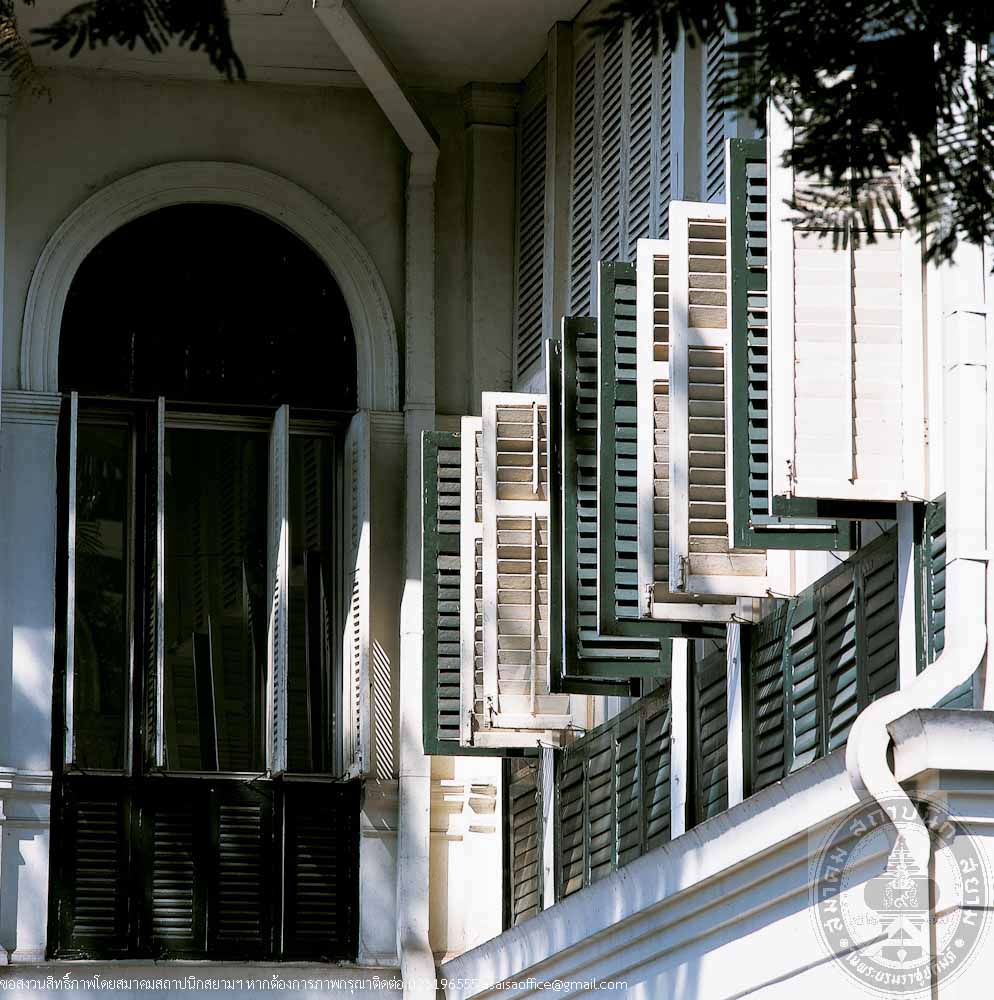
บ้านพักเอกอัครราชทูตโปรตุเกส
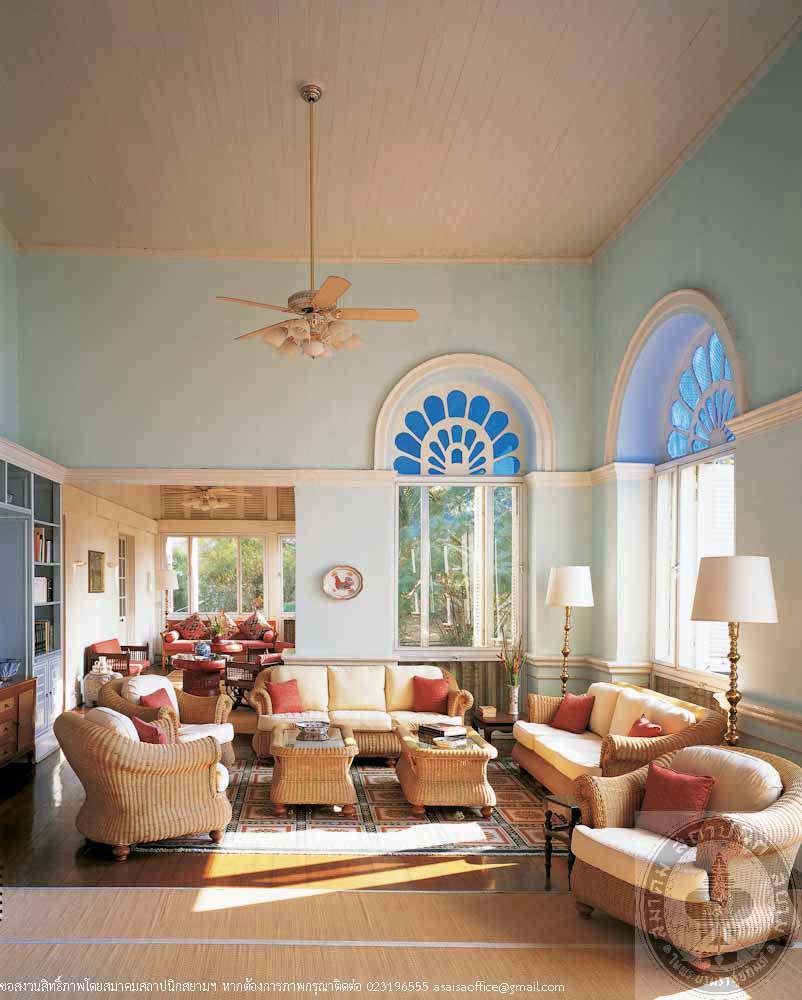
บ้านพักเอกอัครราชทูตโปรตุเกส
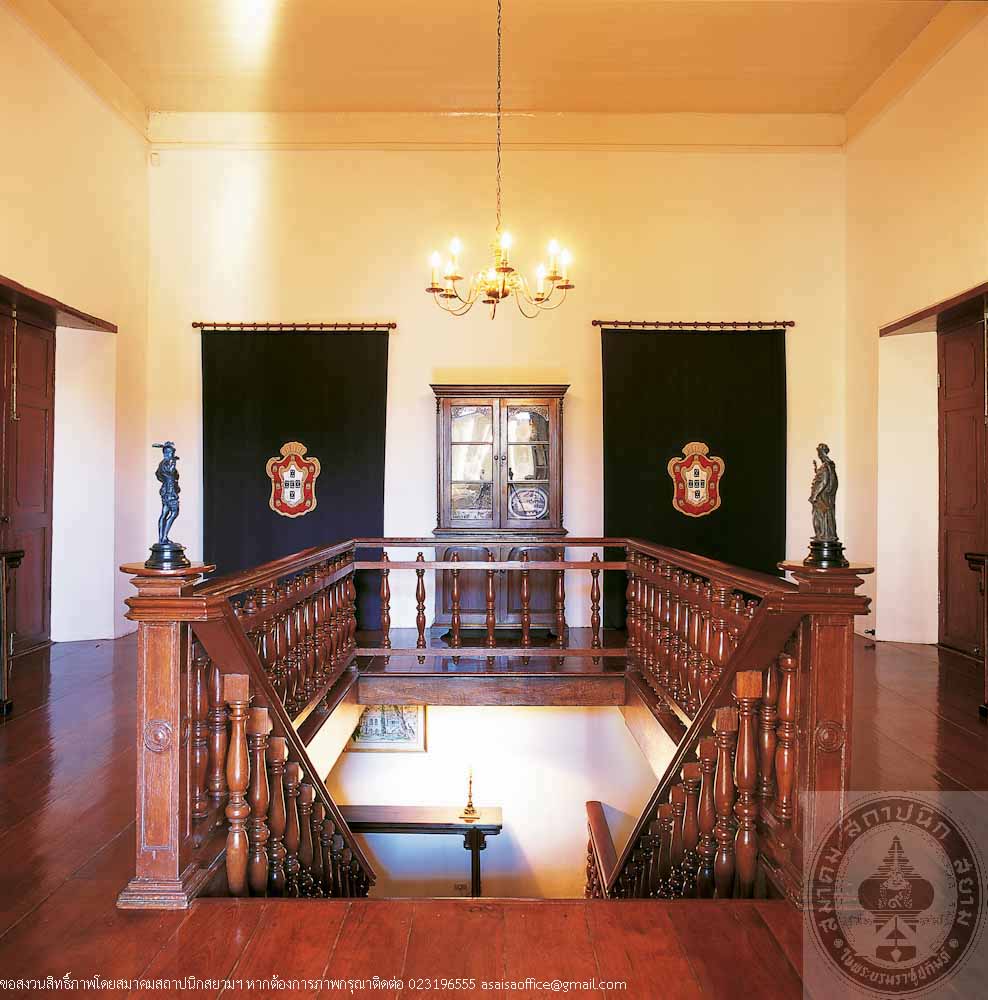
บ้านพักเอกอัครราชทูตโปรตุเกส
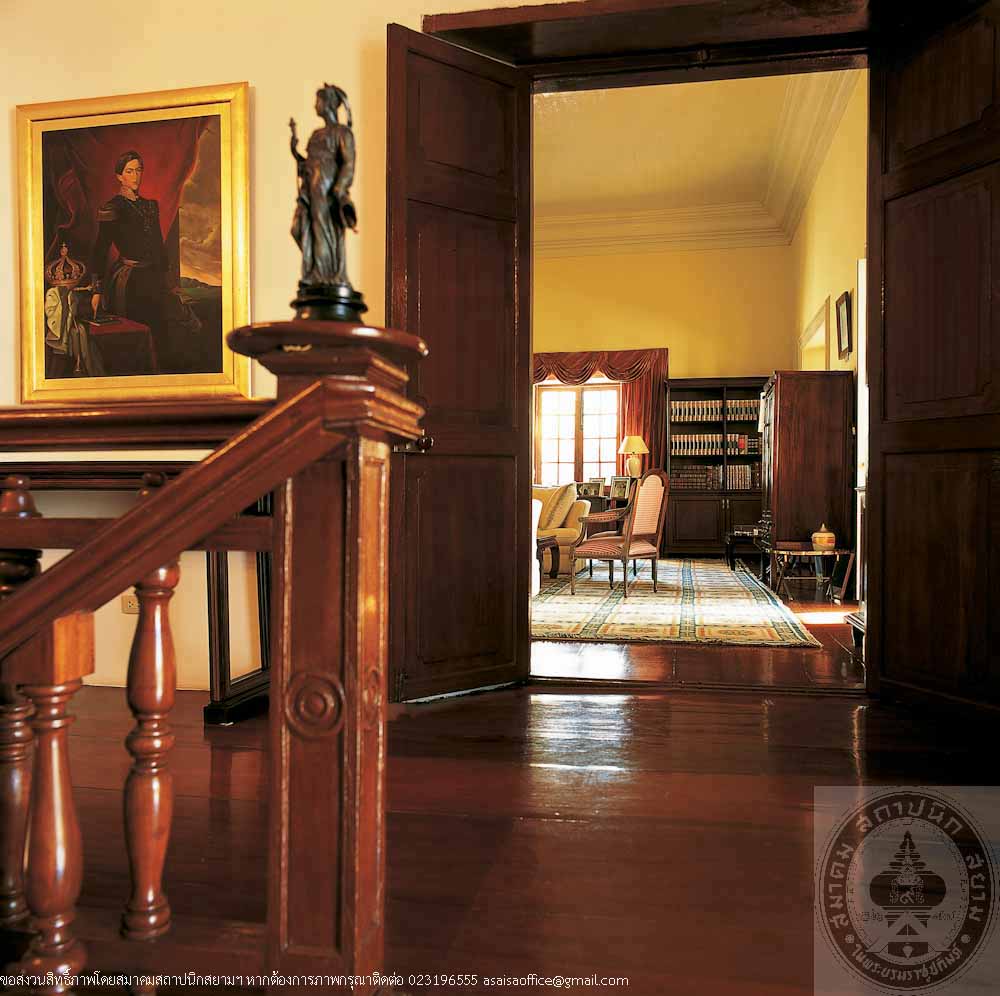
บ้านพักเอกอัครราชทูตโปรตุเกส
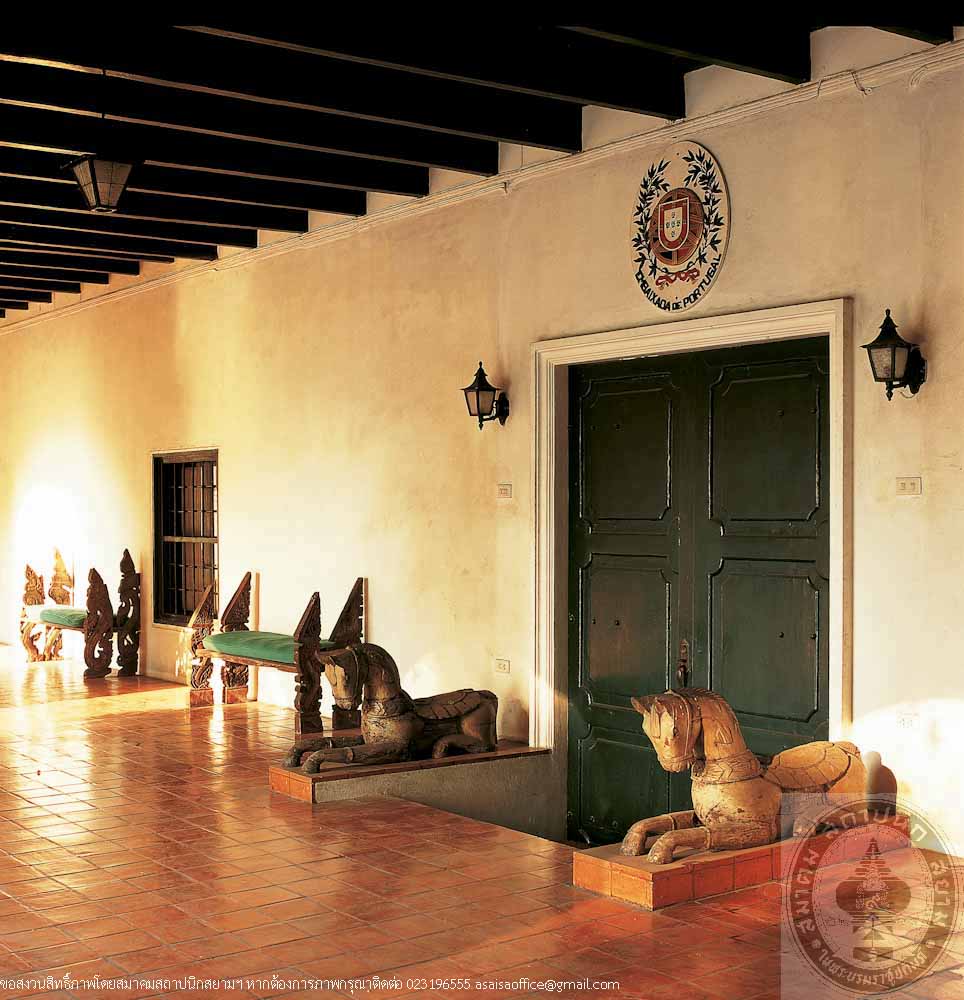
บ้านพักเอกอัครราชทูตโปรตุเกส

บ้านพักเอกอัครราชทูตโปรตุเกส
-

บ้านพักเอกอัครราชทูตโปรตุเกส
-

บ้านพักเอกอัครราชทูตโปรตุเกส
-

บ้านพักเอกอัครราชทูตโปรตุเกส
-

บ้านพักเอกอัครราชทูตโปรตุเกส
-

บ้านพักเอกอัครราชทูตโปรตุเกส
-

บ้านพักเอกอัครราชทูตโปรตุเกส
Portuguese Embassy Residence
Location Soi Captain Bush, Charoen Krung Road, Bangkok
Architect/Designer Portuguese designer
Proprietor Portuguese Embassy
Date of Construction 1860 AD.
Conservation Awarded 1984 AD.
History
The Portuguese Embassy Residence is a 2-storey Colonial style building with hipped roof and a gabled front porch, an indication of Neo-Palladian influence. The front gable is decorated with the Emblem of Portugal. The entrance on the ground floor, as well as the window frames comprise 3 connecting roung arches alternated with pilasters. The grand hall is located on the ground floor and the upper floor is flanked with verandahs along the front and rear. The entrance is decorated with blue-and-white ceramic tiles from Portugal.
Since the second defeat of Ayutthaya to Burma, the Portugal was the first Western nation to renew contact with Siam, intiated by the Portugese Regent of Goa in India who appointed Mr. Carlos Manuel de Silvyra to come to Sia, on a diplomatic mission. King Rama II, therefore, granted him the residence of Ong Chiang Sue, a late King of Vietnam who fled to Thailand on political reason during the reign on King Rama I. The house was used as Portuguese Consulate and is considered the oldest foreign consulate in Bangkok.
Later, in the reign of King Rama IV, he had written an official later to the Queen of Portugal in order to invite Portugal to establish a permanent consulate in Thailand. The Portuguese government thus sent a group of builders with some materials such as stones, glass, and some furniture from Goa, India and construction began in 1860, this house has been used as the Portuguese Embassy Residence until today.